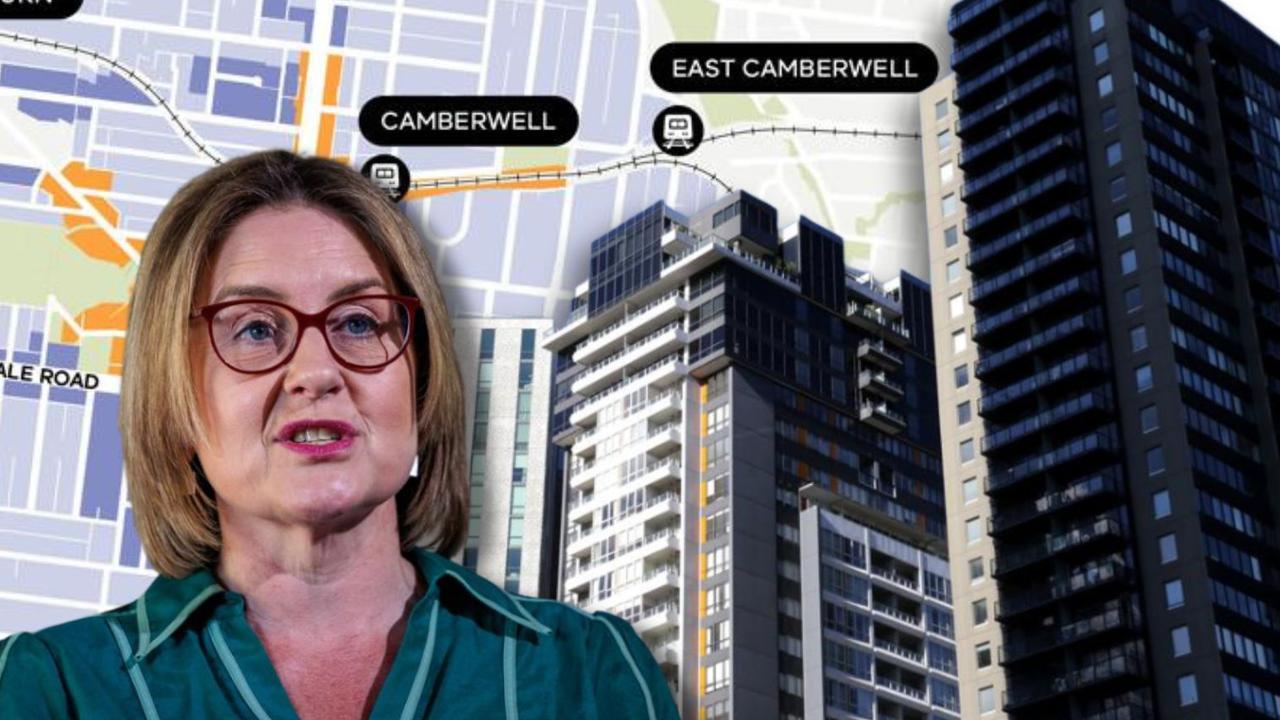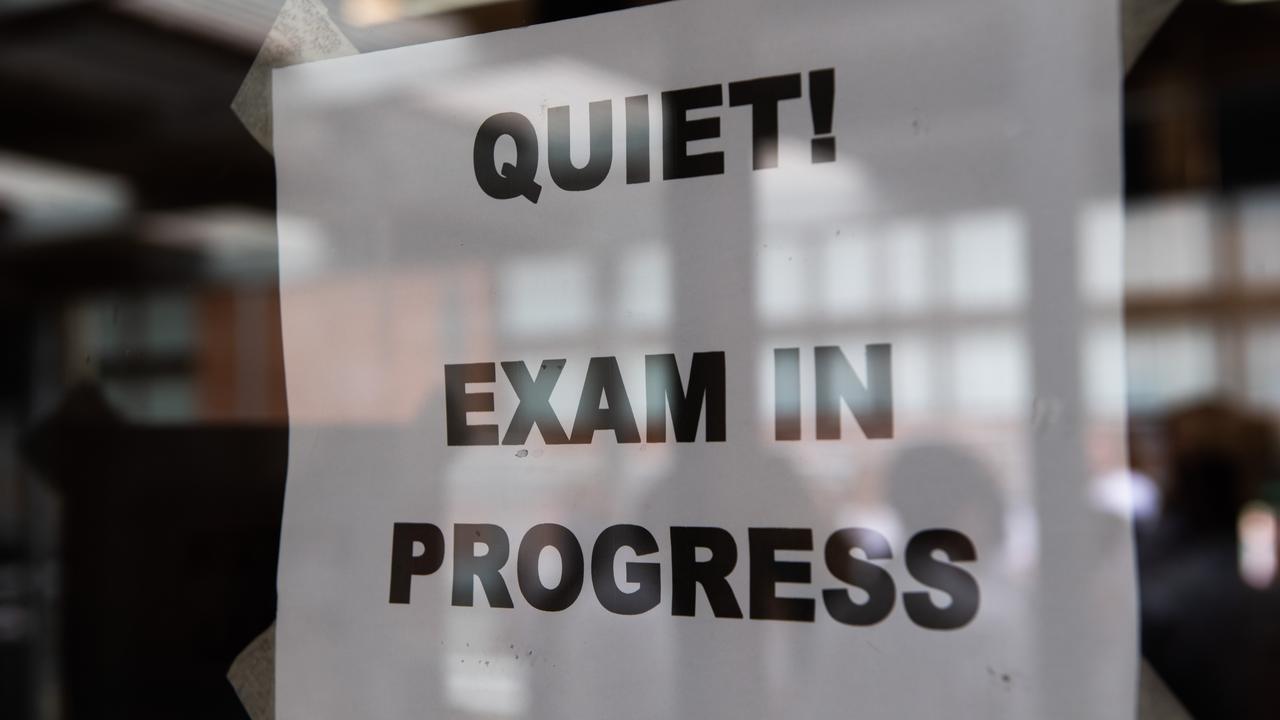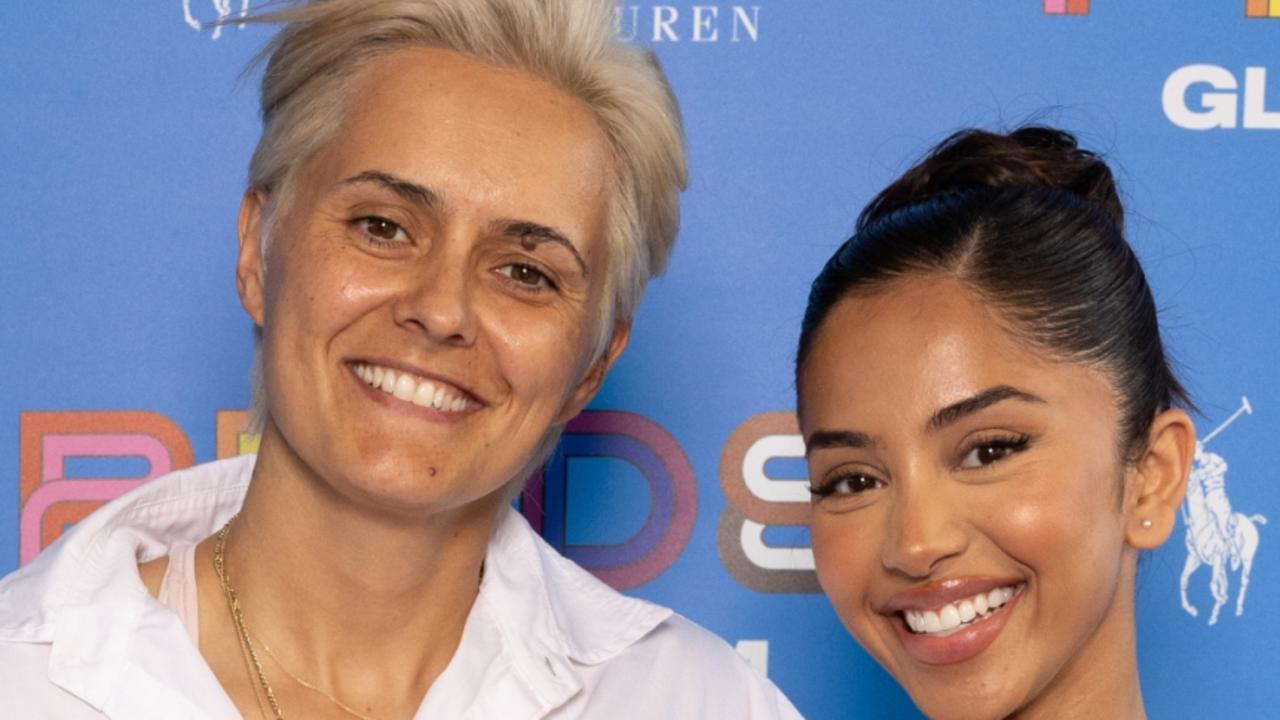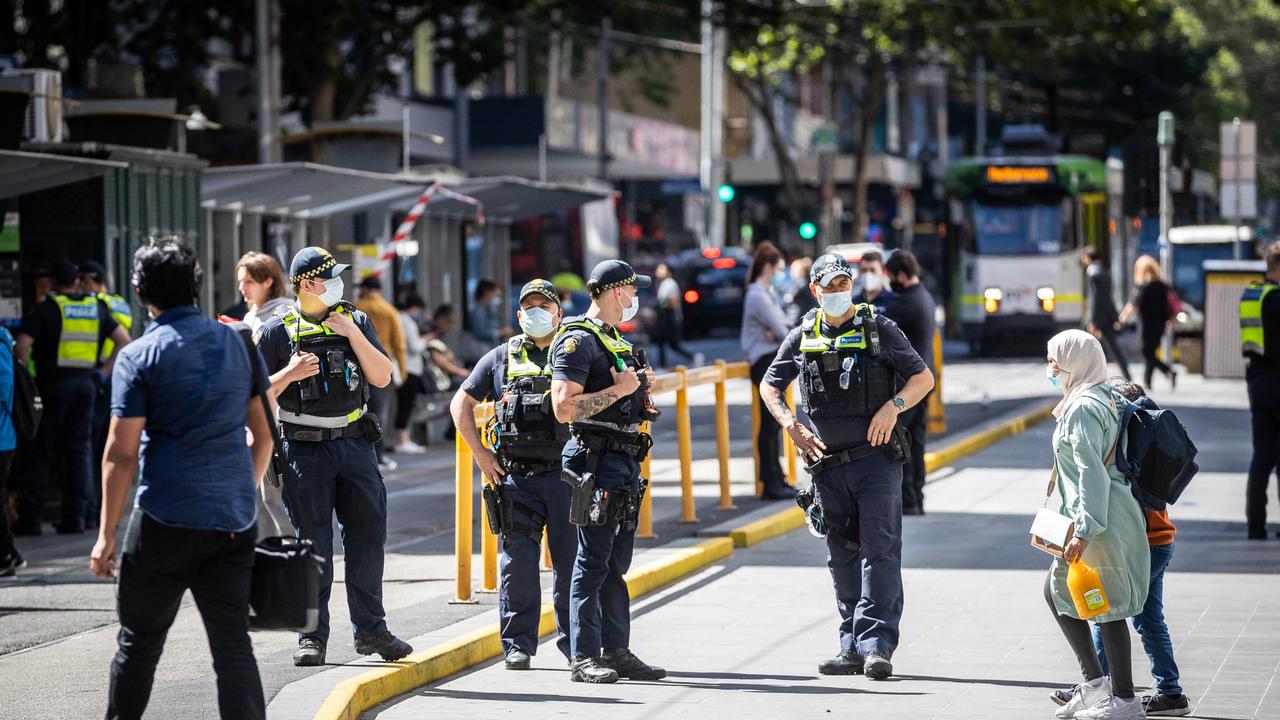Future Victoria: How robots are being used to help kids as young as three learn STEM
We knew this day would come — children as young as three are using robots to solve problems in a new project set to revolutionise the future of learning.
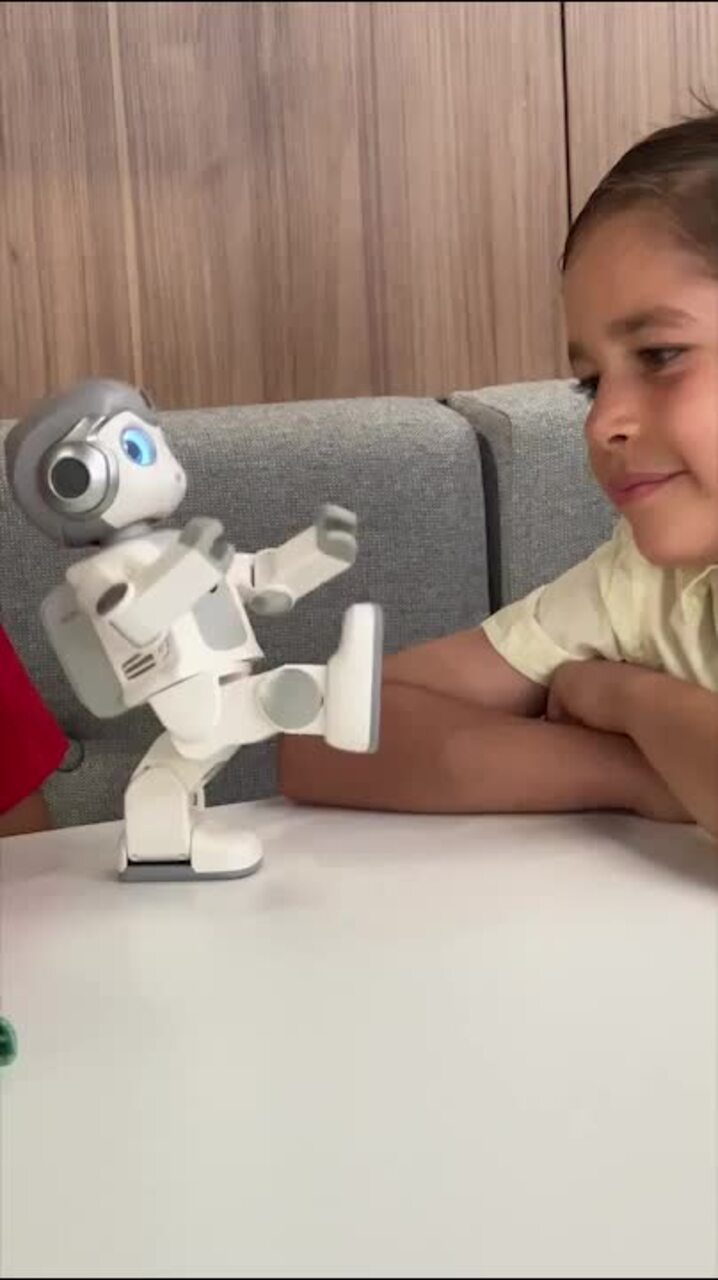
News
Don't miss out on the headlines from News. Followed categories will be added to My News.
Children as young as three are using robots to solve real-world problems in a new project set to revolutionise the future of learning.
Alpha-mini, Dash and Botley are among the little robots getting kindergarten and primary school students excited about science, technology, engineering and mathematics (STEM) in Victorian classrooms.
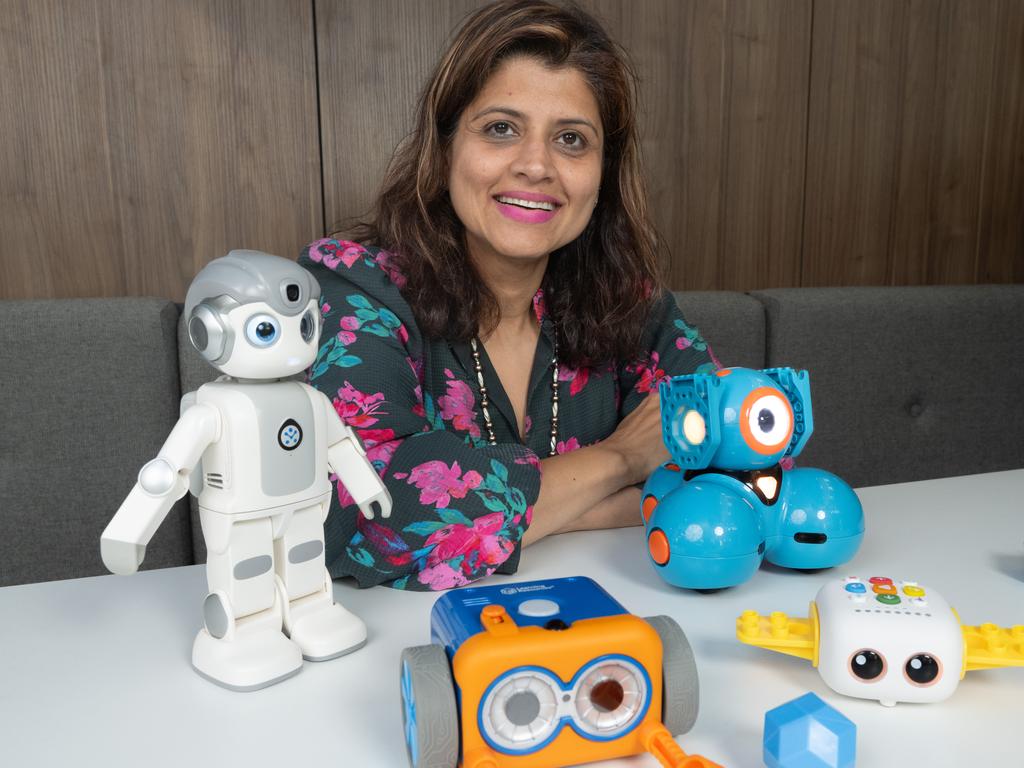
The Wall-E-like creatures are the brainchild of Swinburne University of Technology senior lecturer Dr Sarika Kewalramani, who is researching how technology can be embedded into the curriculum in a meaningful way.
“Giving iPads to children without an educational motive is against the early childhood philosophy, so we started looking at what sort of (robotic) toys were available and how safely and ethically children could use them,” she said.
“Teachers could use them, parents could use them for children’s learning and that’s how we saw that robots were a meaningful way for children to come up with projects, storytelling and collaboration.”
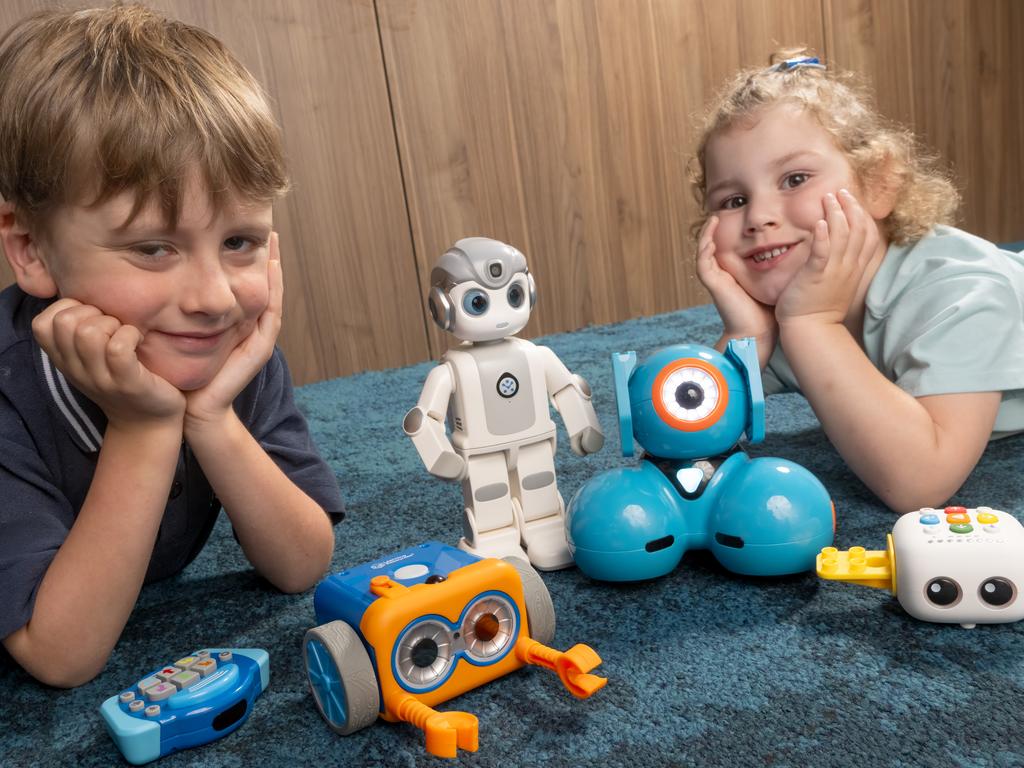
Some of Dr Kewalramani’s robots have remote controls, while others have audio functions or buttons students could press to move or dance.
Teachers incorporated the technology into students’ learning by giving them a problem they have to solve using the robot.
“In one instance, a teacher posed the problem the robot was running out of battery, and asked the children ‘how are you going to make it work’,” she said.
“So the children built a house with solar panels and put the robot inside it so it could soak up the sun’s energy.”
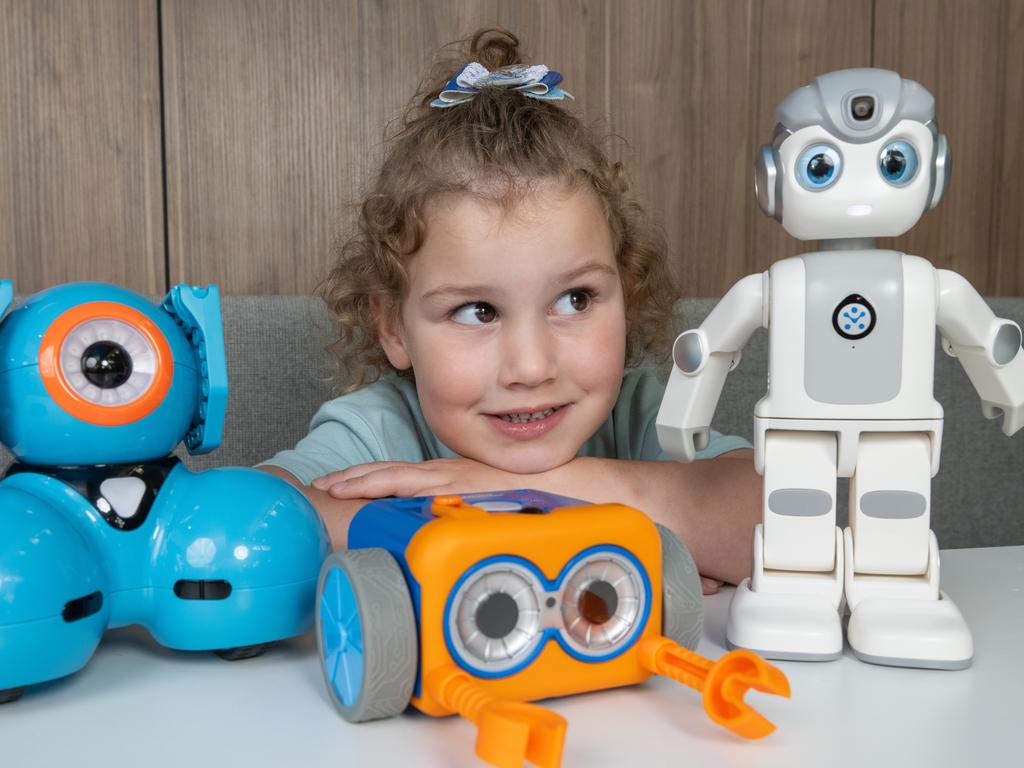
Other scenarios included how students could use their robot to pick up litter, teaching the robot to make sounds through coding and how to calm the robot down if it’s angry.
Dr Kewalramani said such scenarios promoted inquiry-based learning that built students’ maths, reasoning, creativity, social and collaboration skills.
She also said robot technologies enabled students with diverse needs to participate in classroom activities.
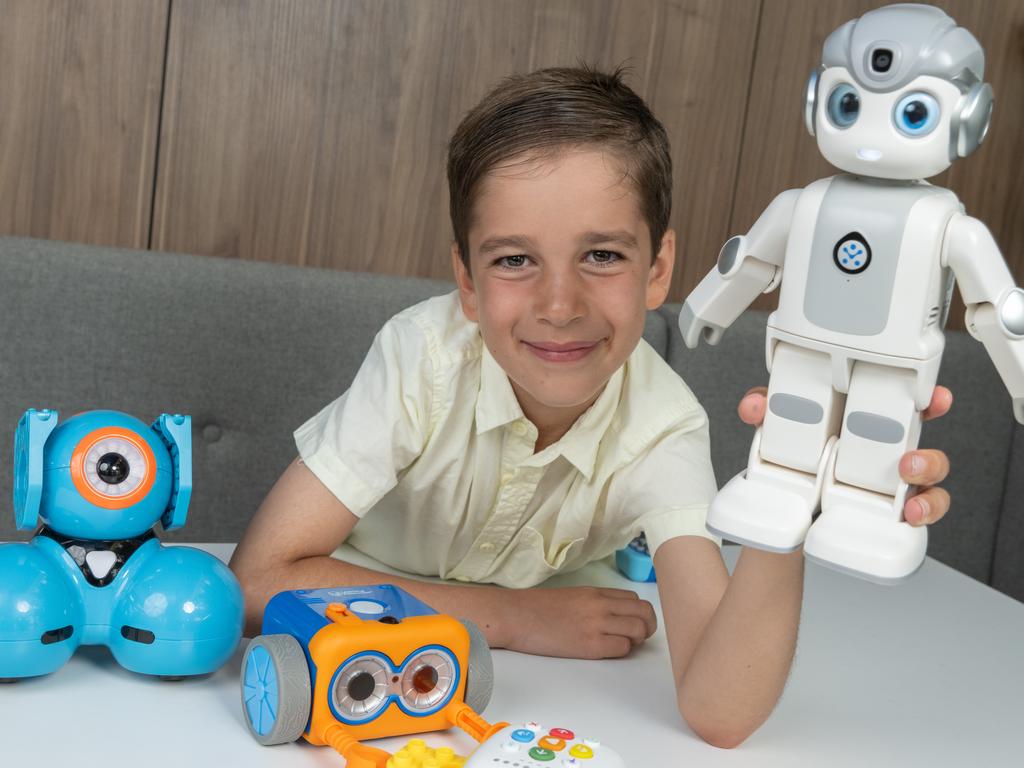
The project comes amid calls to overhaul the current STEM curriculum in schools as it was “failing” to address real-life problems and explore authentic science, according to some academics.
Last year, Victorian grade six and year 10 students were below the national average in science literacy, with some pupils reporting they were lucky to have at least one science lesson a month.
Looking to the future, Dr Kewalramani said she hopes to expand the project to other schools to showcase how robots could successfully be embedded into the curriculum to further students’ STEM knowledge.
She also wants to include students in the development of new robots and teach the robots how to speak different languages so they can be incorporated into language lessons.
“Robotics technology just becomes a medium for children to showcase their engineering skills and they become more tech-savvy,” Dr Kewalramani said.
“The next step is to take it interstate and hopefully have more schools involved.”
Originally published as Future Victoria: How robots are being used to help kids as young as three learn STEM


